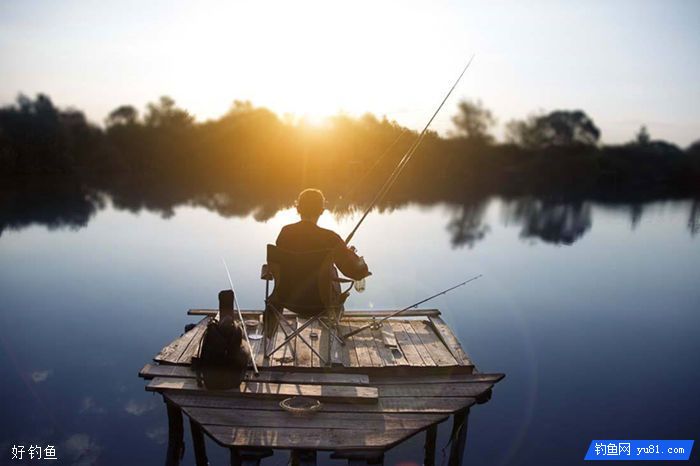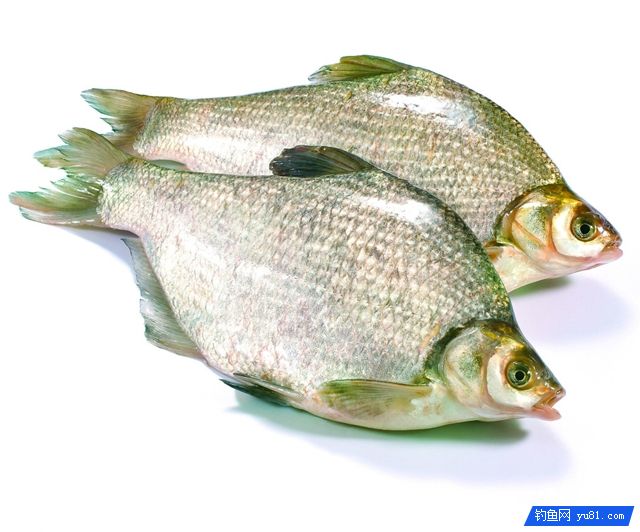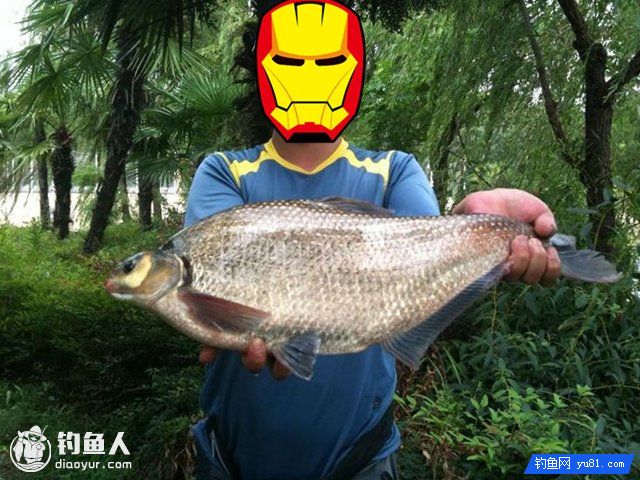"Wimet Fishing Tackle" Fishing Tips For Fishing Br
The target fish for fishing is different, and the fishing methods and techniques are also different. Catching carp requires certain skills. Today, the editor will share with you some tips for fishing, hoping that it will be helpful to everyone.
Bream fishing tips 1: Bream habits
If you want to fish better, we should first understand the relevant habits of bream. Breams usually live in the middle and lower layers of open water areas with mud and growing submerged plants, and overwinter in deep water in winter. It is a herbivorous fish. Adults eat bitter grass, cyclone black algae, ophthalmic cabbage, filamentous green algae, freshwater sponge, etc. They also like to eat terrestrial grass plants and vegetable leaves, and also eat some lake bottom plant debris and a small amount of zooplankton. Generally, the food intake starts from April until November, with the largest amount intake in June to October. The second-aged weight is 300-500 grams, and the maximum can reach 3-5 kilograms.
Changchun bream, also known as long-boiled bream, grass bream, oil bream, and bream flower fish, is native to the north, not afraid of the cold, and still eats in winter. Tuantou bream, also known as Wuchang fish, is native to the middle reaches of the Yangtze River and is afraid of cold. It hibernates and does not eat when the water temperature is below 8℃. It is more active at 30~40℃ than below 30℃ and eats more diligently. Changchun bream, Tuantou bream and triangular bream are the hotter the weather, the more frequent the hooks are, and it is the most ideal fish species for fishing.
Bream fishing tips 2: Bream fishing position
(1) The breams are used to rushing in groups and feeding according to a certain route. If they catch a bream, there are often a group around them. Their feeding route goes forward according to the wind direction and the flow of water.
(2) In front of the open water area and protruding from the water surface, it is best to choose a plow tip on the large water surface. At the turn of the river, the marsh bay. During the breeding season from April to June every year, choose backshui river berths and lakes with a water depth of 1.5 to 2 meters, and the water plants are lush and there is soft sludge at the bottom. When there is flowing water, fish under the flowing water and wind, fish in the air outlet. In mobile water areas, generally, water areas where the water flow is not fast and the bottom of the water should be sand and gravel should be selected.
(3) Most breams swim on the outer edge of aquatic plants and like to swim continuously for food, rather than swimming in a fixed or slow water area. Therefore, when making nests, you should make a few more nests to find traces. In places with dense aquatic plants, the bream cannot swim in, but if there is a larger water hole in some of them, it is a good fishing spot. In bright waters without aquatic plants, you should find a place with slightly low-lying bottom or obstacles.
(4) Breams like to lick the moss that grows on wooden stakes, stone pillars, and snail lions that grow on them, and linger in the vicinity of them, such as shrimps, fish, etc.
(5) The breeding waters are mostly near the feeding place. It is also possible in the waters near toilets, pigpens, cow pens, and chicken coops.
Fishing tips three: bait selection
Breams mainly eat herbs and eat meat baits, such as red worms, earthworms, shrimps, snails, etc. They often go in groups, and as long as one runs, other fish will follow. If you run fish, you have to go to a further place to make a nest and reunite the fish. In a breeding pond, you can use whatever you often feed. Below are three types of fishing baits and fishing baits.
(1) Corn
Bait nest material: the easiest way to cook old corn and fresh tender corn. If possible, you can prepare some fresh corn leaves. In summer, powdered soybean powder, fresh rapeseed cakes and peanut cakes can be used. When mixing bait, it is best to have half dry and half wet. After throwing it into the water, some sink to the bottom, some slowly sink, and some float on the water surface. This way the aroma can easily spread around and bream can easily find food.
(2) Wheat bran noodles
Wheat bran bread noodles (also called "bag food" and "universal bait", which are all liked by bream, carp, grass, mackerel, crucian carp and other fish), that is, first hang a soybean-sized dough bait on the hook, and then wrap the wheat bran into a ball. The advantage is that it can combine fishing, and the nesting and fishing are carried out simultaneously. After half a day, wheat bran can better atomize more than 10 cubic meters of water to form a three-dimensional nest area. Once the bream enters the nest, it is like entering a "bread" room and can't stay there for a long time. When using "wrapped food", you should pay attention to it. First, there must be a certain number of fish in the fishing waters. Second, do not lift the rod frequently, and it is better to guard it.
(3) Dishes lees, tofu dregs, and crushed bean cakes
Made with fresh wine lees, tofu dregs and crushed bean cakes. Don't be too sticky and too loose, it is better to spread it when it enters the water. The crushed bean cakes with a large specific weight sink to the bottom of the water quickly, while the light-weight wine lees and bean dregs absorb water and slowly sink. There is all bait from the water surface to the bottom of the water, forming a three-dimensional bait net, which has obvious fish luring effect. For fishing bait, you can hook it with fine earthworms, shrimps, maggots, and red worms. It is best to use red worms for bait in winter. It is very tempting to catch red worms in winter.
Fishing tips four: Fishing gear selection
The fish has a small head, a small mouth, a large body, and a weak struggle force. Therefore, use a medium-sized small hook with line 2 and 5.
The temperature drops and the fertile breams begin to move downstream and deep waters. The fishing gear used a hand rod of more than 5.4 meters, main line No. 2.5, sub-line No. 1 to 1.5, and white fox hook No. 7 to 8. The bream has been moved to deep water, and it feels a bit short when fishing with a hand rod. It is best to use a sea rod or a rock rod, tie a single hook, double hook, bomb hook, and grape hook to throw away. When fishing with double hooks, in order to increase the chance of hooking, the distance between the upper and lower double hooks can be appropriately enlarged.
Bream fishing tips 5: Fishing tips
Breams mostly feed in the middle and lower waters in winter and spring, and in the upper and lower waters in summer. When eating the hook, you do not hesitate. When swallowing the bait, the float reactions include: one is to lift the bait on the bait, float on the float, and lie on the water surface with a floating float; the other is to swim while swallowing, and the float moves or floats in a black float. If these situations occur, you can lift the rod. When a fish is hooked, it should be dragged away from the nest as soon as possible to avoid scaring away the schools of fish in the nest. Here are three ways to fish bream.
(1) Suspended fishing
Windy summer and stuffy weather cause oxygen at the bottom of the water, and bream will change the swimming layer and float up. Take a leek leaf, or take a tender green leaf, and two or three stems of tender green grass, which are also curled into small squares or small balls, hung on the hook, hanging on the surface of the water or in the middle of the water. The bream will grab food and drag it away, and then lift the rod and catch it.
When fishing, you can adjust the float from bottom to top or from top to bottom to find the fish. It is best to move about ten centimeters each time to adjust the float. Adjust it to try fishing for five or six rods at a time. If there is no fish to eat the hook, then fish until you catch the fish. In autumn, the temperature difference between morning, noon and evening is large. During fishing, the fishing layer must be adjusted frequently depending on the fishing situation.
(2) Trolling method
Trolling is a commonly used method of fishing for bream, with a high rate of hook eating. Use meat bait such as red earthworms, insects or rice borers. Throw it out more than 2 meters away from the nest. Before the hook bait sinks to the bottom, lift the hook bait to the water surface, put it down, and then lift it. Sometimes it is front and back, sometimes dragged left and right, so that the hook bait continues to slowly swim near the nest. Be careful not to drag the range of the drag, and the strength and speed should be small. The main thing is to slowly sink to lure the fish.
(3) Sinking bottom fishing
When the wind is gentle, the air pressure is high, the water is smooth, the water is sufficient, the fish have a strong appetite, the fish will be flocked to grab food at the bottom of the water. At this time, you can use meat bait and vegetarian bait to sink to the bottom of the nest to fish. Generally, the float will float up quickly or point to deep water and lift the rod.
Tips for fishing
1. Take action diligently and lure the fish into the hook
The fish hook sinks to the bottom of the water and is not completely in an ideal position. Because the geology under the water is relatively complex, it sometimes sinks into rock cracks, aquatic plants or under dead leaves, and is sometimes covered by wooden pillars, hidden by debris, or buried in small pits or mud. If the fish cannot see the bait, they will not be able to feed. Therefore, during fishing activities, once you find that the fish float has not moved for a long time, you should take the fishing rod frequently, constantly change the position of the fish hook, increase the visual opportunity of the fish, and lure the fish into the hook.
2. Mobility and flexibility, sound to the east and hit the west
Generally speaking, fishing targets should not be held to the death. Even if the number of fish is small, you cannot hold on when waiting for the entire collection. If you catch a few fish in one den, you should hook up and down at another den; and you should also take care of the front, back, left and right positions at one den. If there are no fish in several feeding dens for the time being, try to catch swimming fish near, far or in other grasses in the feeding dens and constantly change the fishing location. There is a saying that "one shot and another place" is circulating in fishing, and "one shot in the east, one shot in the west" is reasonable.
3. Be brave to explore and practice boldly
Many anglers are brave in pioneering and good at adventure. They climb cliffs, pass through dense forests, flow through desert and river beaches, and dare to try to fish for "forbidden zones" that others dare not touch; gaps with dense lotus leaves, areas with reeds, places with water and grass, and beside the oblique branches of fallen trees, they often gain more. It can also enrich fishing knowledge, exercise the body, and experience the wonders of nature. It is really a killing of multiple goals!

Recommended Reading
About us| Privacy Policy| Contact Us
Copyright © 2023-2030 Copyright@Love Fishing



